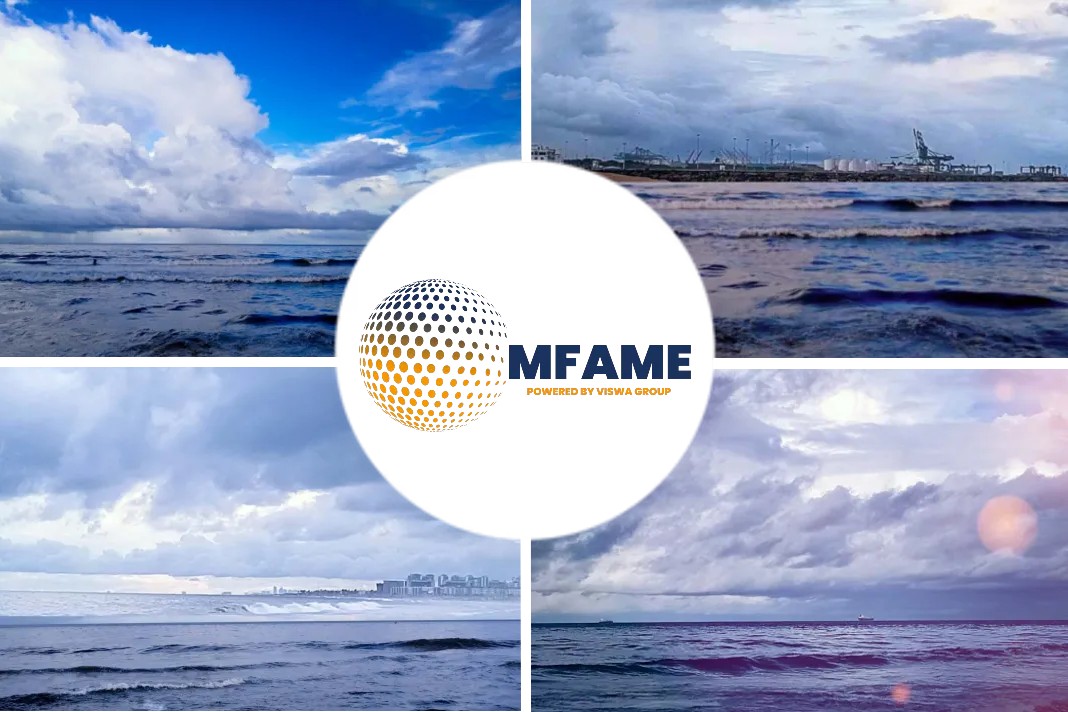2016, IMO emission standards, specifically MARPOL 73/78 – Annex VI titled “Regulations for the Prevention of Air Pollution from Ships” which sets limits on the NOx and SOx emissions of ships exhaust, started the implementation of Tier III standards.
To the uninitiated, the above references might be a little confusing; however in a nutshell it means that the IMO is taking steps towards cleaning up the shipping industry, specifically the emission.
So the standards have been set, what’s the reaction like? Ship owners, builders and manufacturers are scrambling to meet the standards by converting the existing fleets or replacing it with an emission compliant one. Noncompliance means heavy fines and trading ports restrictions which should hasten the transition.
So what does the above has to do with LNG?
- The bunkering market is a huge industry. It was valued at USD 244 billion in 2014 (PRNewsWire) and expected to hit USD 288 billion in 2020. Total bunker consumption was at almost 400m tons in 2014 and expected to hit 460 million in 2020.
- With the Tier III implementation, conversion to LNG bunkering is inevitable. Current advances in tech to store and use LNG has matured, coupled with LNG prices, the transition to the “new” fuel is expected to be swift. In 2013, 70,000 tons of LNG was bunkered, in 2025, its expected 22.5million tons of LNG will be bunkered. Based on current LNG production rates, that volume signifies almost 10% of world LNG production. In my opinion however, the expected bunker consumption volumes will be higher than estimated by Transparency Market Research.
- Recent developments from Shell, Total, BP and other oil majors have been centered on the LNG business with bunkering facility development as an important venture. Recent launches of LNG bunker ships have signaled the heralding of a new fuel era.
- China, Singapore, Korea, Europe and the US have been in the forefront of the LNG development with push towards the use of the cleaner alternative fuel. Setting the pace as an example, China is carrying out the “gasification” of the Yangtze River and the Transport ministry expecting 10% of the domestic inland fleet to be fueled by LNG within the next 3 years.
Wisons LNG Distributor
Energy security
Realizing the advantage that LNG has, recent developments in the gas to power industry has started developing infrastructure to capitalize the cleaner fuel. About 25 units of Floating Regasification Storage and Units or FSRU’s are in operation and about 20 or so is slated to come online in staggered form the next few years. Developing countries such as Bangladesh, Indonesia, India and etc. with booming industries are power hungry and LNG is seen as a good alternative to traditional power plants. Quick to market solutions are available to cater to the increased demand.
Wison’s LNG to power solution: FSRP
Countries that traditionally used other fuel forms for power generation are considering LNG as a fuel to diversify their energy platform. Traditionally a gas plant is considered as a peak shaving plant, however with current developments, many are run as base load.
Demand and Supply
Currently Qatar is the leader in LNG supply, Australia is set to surpass this within a year or two and within the next decade US will be officially taking the lead. Current nameplate production capacity is around 300 mtpa, with actual production hitting close to 280mtpa. Almost 1000 MTPA is expected to come online within the next decade, which signals the abundance in production. Great news for the end user, however will it be great news for the producers?
The receiving terminal capacity is hovering around 800 mtpa, more than double the current production capacity; this is expected to increase further with more countries setting up receiving terminals across the developing world.
Coal fired power plants are currently seen as the bane of the society, and there is a movement to shift away from this fuel source and LNG is seen as a clear alternative.
Is the next decade a gas decade? Perhaps so.
Wison offers tailored LNG solutions for the LNG supply chain.
- LNG Production facility (Floating LNG/Liquefaction plant),
- Transportation (LNG Carriers – Small scale to conventional carriers),
- Regasification terminals (FSRU’s – small scale to conventional sized),
- Bunkering terminals (Bunker ships/barges),
- LNG to Power facilities (FSRP),
- Passion powering progress.
Did you subscribe for our daily newsletter?
It’s Free! Click here to Subscribe!
Source: Ramesh Nair, Commercial Manager















![[Watch] Crazy Power Needed to Move World’s Largest Containerships](https://mfame.guru/wp-content/uploads/2023/11/mfame-tanker-100x70.jpg)
